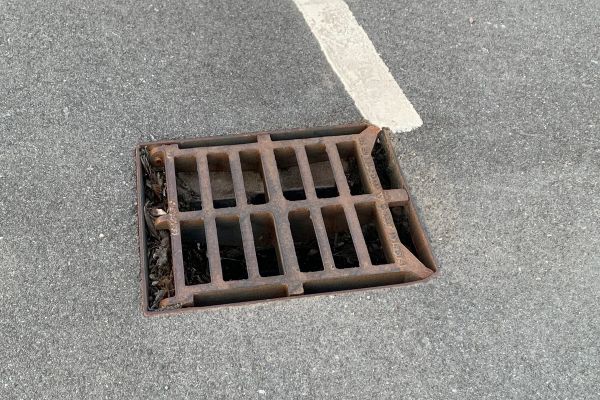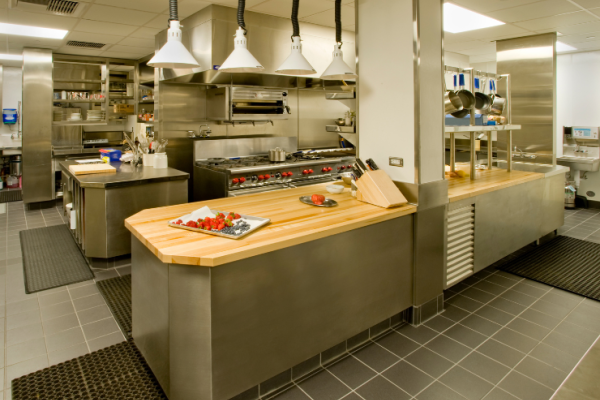In this article
Maximising Productivity: How to Deal With Drain-Related Downtime in your Factory
In the dynamic realm of manufacturing operations, delays can pose a substantial obstacle. In addition to having an impact on productivity, it can result in significant financial losses. The drainage system is one sometimes overlooked feature that is vital to properly maintain and assess. In this article, we’re going to discuss the importance of taking proactive measures to alleviate drain-related downtime and issues, including structural damage, waterlogging and obstructions, as well as any possible threats to factory output. Here at Cotswold Drainage, we are the experts who can assist in understanding the challenges and providing solutions to solve all types of problems with your factory drainage system.
Common Drainage Issues Faced by Factories
Blocked Drains: A Common Culprit
Blocked drains are one of the most common sources of factory drainage issues. Several things, such as the accumulation of rubbish, inappropriate waste disposal or even structural problems with the industrial drainage system, might result in these blockages. Waterlogging problems may arise when drains are blocked, preventing the escape of liquids such as water.
Overflow Issues and Their Consequences
One such issue that factories face is overflow. Overflow happens when industrial drainage channels are unable to handle the amount of liquid that is entering them. This puts workers’ safety at risk in addition to causing flooding and a mess on the factory floor. Overflow issues can cause production to stop and delays while cleanup and damage assessment are conducted.
Water Seepage and Structural Damage
Even though it might not be seen right away, water seepage can have dangerous effects. Prolonged water seepage can harm factory structures, machinery and other equipment over time. This can lead to unexpected repairs and extended downtime, ultimately reducing profitability and productivity.
Importance of Proactive Drainage Management for Uninterrupted Production
A well-cared-for industrial drainage system is the unsung hero of manufacturing processes. Making proactive drainage management a priority is essential to maintaining production.
Machine Efficiency
Water buildup around equipment and production areas will be avoided by effective drainage. This reduces the effects of corrosion and equipment damage, enabling optimal machine performance.
Employee Safety
No one wants the horrors of sewage leaking or culminating on a factory floor. A dry and secure workplace is critical to the health of employees as the danger of accidents resulting from wet floors or electrical risks from water intrusion is decreased by proper drainage. Sufficient factory drainage also mitigates health risks relating to infection or disease.
Cost Savings
In the long run, preventing downtime caused by drainage can result in significant cost savings. Dealing with urgent repairs and production stoppages is exponentially more expensive than routine maintenance and early intervention.
Expert Advice from Cotswold Drainage on Managing Factory Drainage Effectively
Here at Cotswold Drainage, we offer expert advice on how to effectively manage industrial channel drainage systems in factory environments, helping to prevent any major issues that will result in downtime. Our solutions are thorough and complete, with more information here. Here are a few useful tips to consider:
Routine Maintenance
Regularly inspect and clean industrial drainage channels to remove debris and prevent blockages. Checking for issues can be achieved with a CCTV drain survey, which involves sending advanced cameras into your factory drainage system to identify any blockages, leaks, structural damage and even root intrusion. Any noticeable bad smells also indicate that there may be a problem, so take note of this when conducting maintenance.
Early Intervention
CCTV drain surveys are also a great way to provide early intervention for certain factory drainage issues. It’s important not to wait for a minor issue to become a major problem. Timely identification and repair of drainage issues can save you costly downtime and repairs. A great way to prevent problems is to use a drain lining service, also known as Cured-In-Place Pipe (CIPP) or drain sleeving. This will provide substantial structural support for your drainpipes, and during your maintenance checks, assessing signs of slow drainage or gurgling sounds could indicate drain lining as a viable, cost-effective preventative solution.
Seasonal Considerations for Factory Drainage
Different seasons can have varying effects and challenges on factory drainage systems.
Heavy Rainfall
Put plans in place to efficiently handle surplus rainfall. To avoid waterlogging during rainy seasons, ensure your drainage system can manage increased water flow.
Snow and Freezing Temperatures
In colder climates, be ready for ice and snow. Insulate pipes and industrial drainage channels to keep drains from freezing, and make sure there is proper drainage to prevent ice-related risks.
The Preventative Measures from Cotswold Drainage
For factories hoping to keep up with continuous production, proactive drainage maintenance is not an option – it’s a must. Factories may guarantee that downtime caused by blocked drains is eliminated by solving typical drainage problems, realising the value of proactive management and consulting with Cotswold Drainage for expert advice and solutions. We encourage factories to get in touch with us for tailored solutions and assistance to protect their profitability and output. Rain or shine, you can prosper with the proper drainage system.
Get in touch
Contact our friendly and professional team via form, phone or email for any drainage issues you may have.
From blocked drains to septic tank repairs and replacements, we're here to help. We have over 25 years of experience and offer 24/7 emergency callouts.
-
01386 882324
-
WhatsApp
-
This email address is being protected from spambots. You need JavaScript enabled to view it. -
See what our customers think


